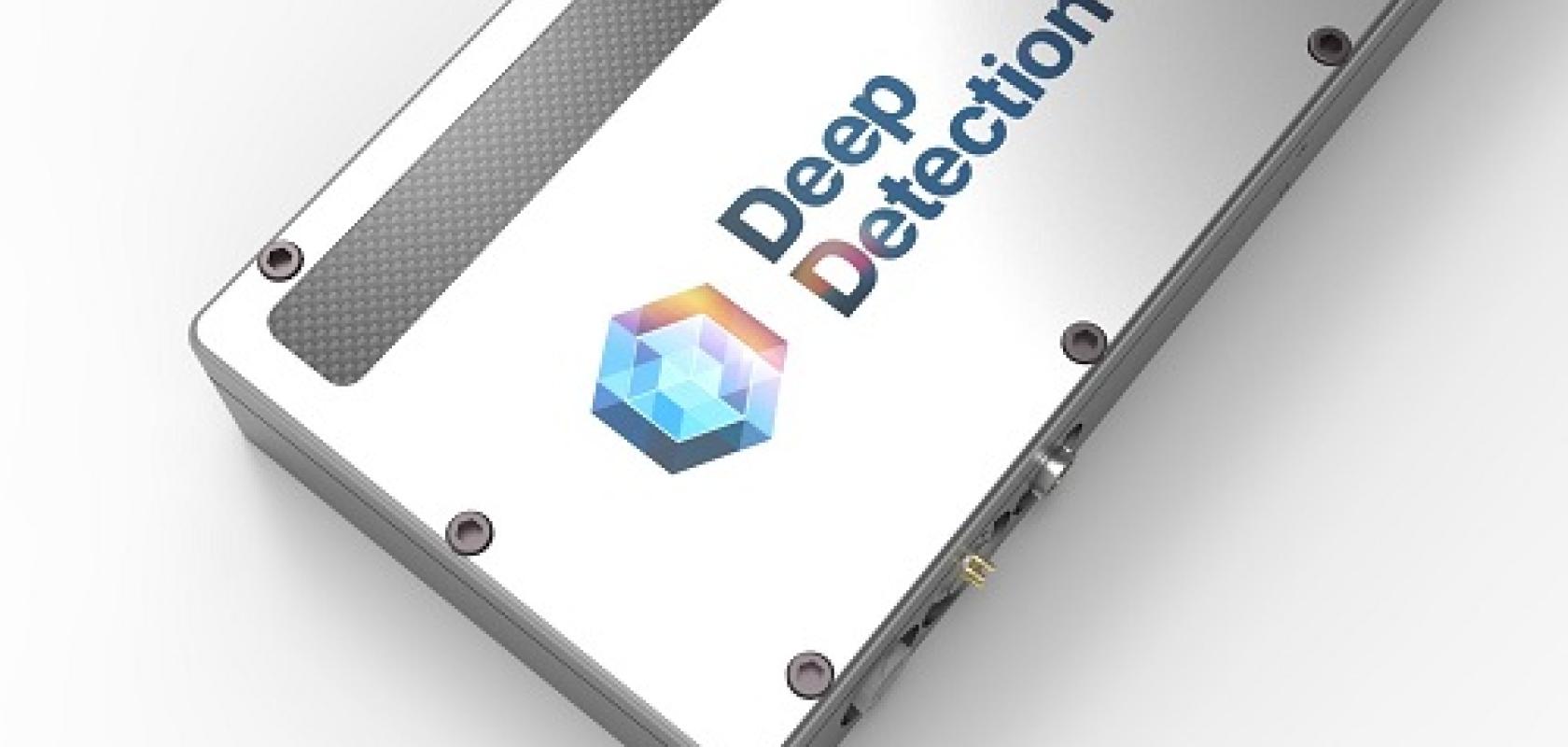An industrial X-ray camera able to perform spectral imaging – which hasn’t been possible before – is about to be launched into the marketplace.
Deep Detection was founded in July 2020 as a spin-out from the Institute de Fisica d’Altes Energie in Barcelona. It has recently secured €1 million in a funding round led by photonics investor Vigo Ventures for its X-ray camera called PhotonAI.
The company is currently involved in proof-of-concept trials with future clients and food production firms to address inspection challenges, the main one being detecting plastic contamination in food.
‘There are no detection methods today that can pick up on plastics [in food production],’ commented Colin Burnham, COO of Deep Detection and ex-senior director at PepsiCo.
Plastics are used across the entire supply chain for food manufacturing, whether that’s plastic containers that move bulk material around from farms to factories, or the drives inside conveyor belts, the seals inside pipes and tube work, or from packaging and handheld tools.
Burnham said that there are around 130 product recalls every year in Europe because of a serious risk of foreign bodies in food, and around 30 per cent of those are plastics.
‘Recalls in the food industry are highly disruptive,’ Burnham added. There’s a lot of cost associated with recalls, because it involves product storage, product disposal, liabilities, and not having a product in the market means lost sales.
Deep Detection’s camera is able to detect plastic contamination in food where other inspection techniques cannot.
The science behind the technology comes from particle physics; it is based on photon counting using microelectronics with a very low noise base.
Traditional X-ray machines use a scintillator to detect X-rays and turn them into light, which is then picked up by photodiodes. The indirect detection method means information is lost. Deep Detection’s sensor is able to detect X-rays directly using photon counting and then digitally bin the energy data. This means it can do spectral imaging, which is ‘completely new in X-ray’, Burnham said.
‘You can use that spectral data to separate out images,’ Burnham explained. Deep Detection will initially offer a camera with two levels of spectra, and is working to produce a multi-level spectral camera.
X-rays attenuate at a different rate according to their energy level, so the camera captures a spectral fingerprint in discrete energy bands.
A common application would be to measure the percentage of fat in meat products, for example, to grade meat and send it to different upstream clients. At the same time, the PhotonAI camera can inspect for foreign bodies.
The importance of spectral information when looking for lightweight materials like plastics is the ability to separate out images. The camera is able to read the energy signatures in X-ray at lower energy levels than conventional scintillators. Plastics absorb in a low-energy band, so being able to separate out images into different energy bands while having a low noise floor means the camera can differentiate and detect those materials.
The challenge with spectral imaging in X-ray is that the energy is so high – the wavelength so short – that it’s difficult to separate out different X-ray wavelength bands, as happens for RGB in visible, explained Burnham. To be able to do that involves measuring photon by photon and grouping that data into different bands.
Medical equipment like CT scanners is adopting this photon counting technology, and is achieving ‘phenomenal gains’, said Burnham. It’s using the spectral data to separate out not just flesh from bone, but tissue down to the level of blood vessels. ‘They’re getting very precise results,’ he said.
‘We’re taking that same science, building it into an industrial detector for line scanning, making it accessible at a price and performance level, while still getting the high-quality data,’ Burnham said.
‘We believe we can take those learnings [in medicine] and implement them for these industrial solutions,’ he added.
Burnham said the camera is more expensive than a conventional camera, but the extra value brings a significant benefit. The camera is compatible with existing X-ray systems and machines, so integration is straightforward.
The camera uses a 330µm pixel, so achieves similar spatial resolution to a conventional detector, which has around a 400µm pixel. However, it’s a precise pixel-by-pixel measurement, which allows multi-energy images to stay registered to each other.
Burnham said the camera is able to read enough data to produce a high enough contrast-to-noise ratio to detect foreign objects in food moving at 60m/min, which is what food production lines typically run at. In addition, because the data is grouped digitally, the detector can be configured for the energy band of most interest, or trade off spatial resolution with spectral resolution or speed – it can adapt to the needs of different inspection tasks.
Deep Detection plans to offer industrial prototypes for clients to test early next year. It will then launch the full series in the fourth quarter of 2022 or early in 2023.


